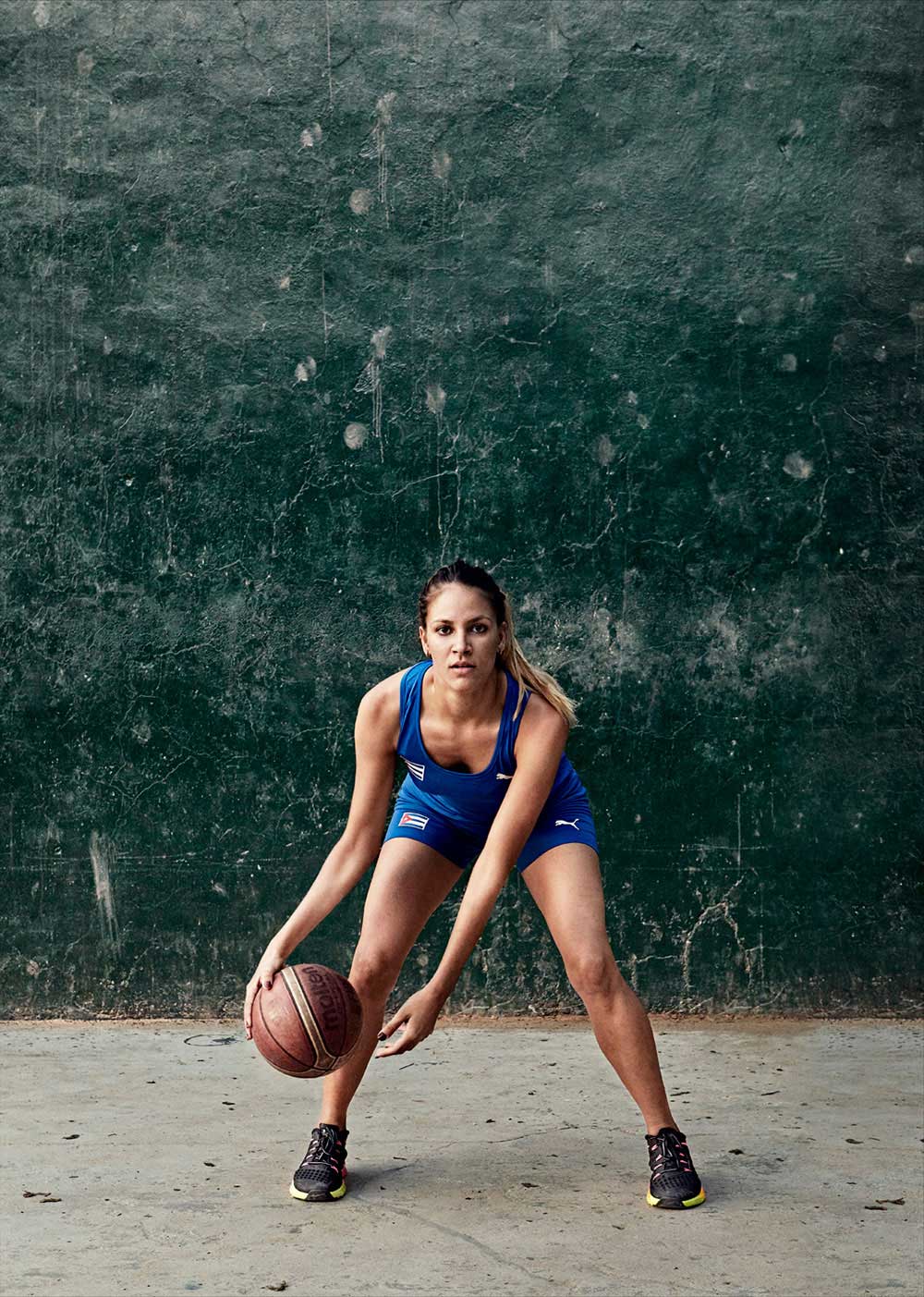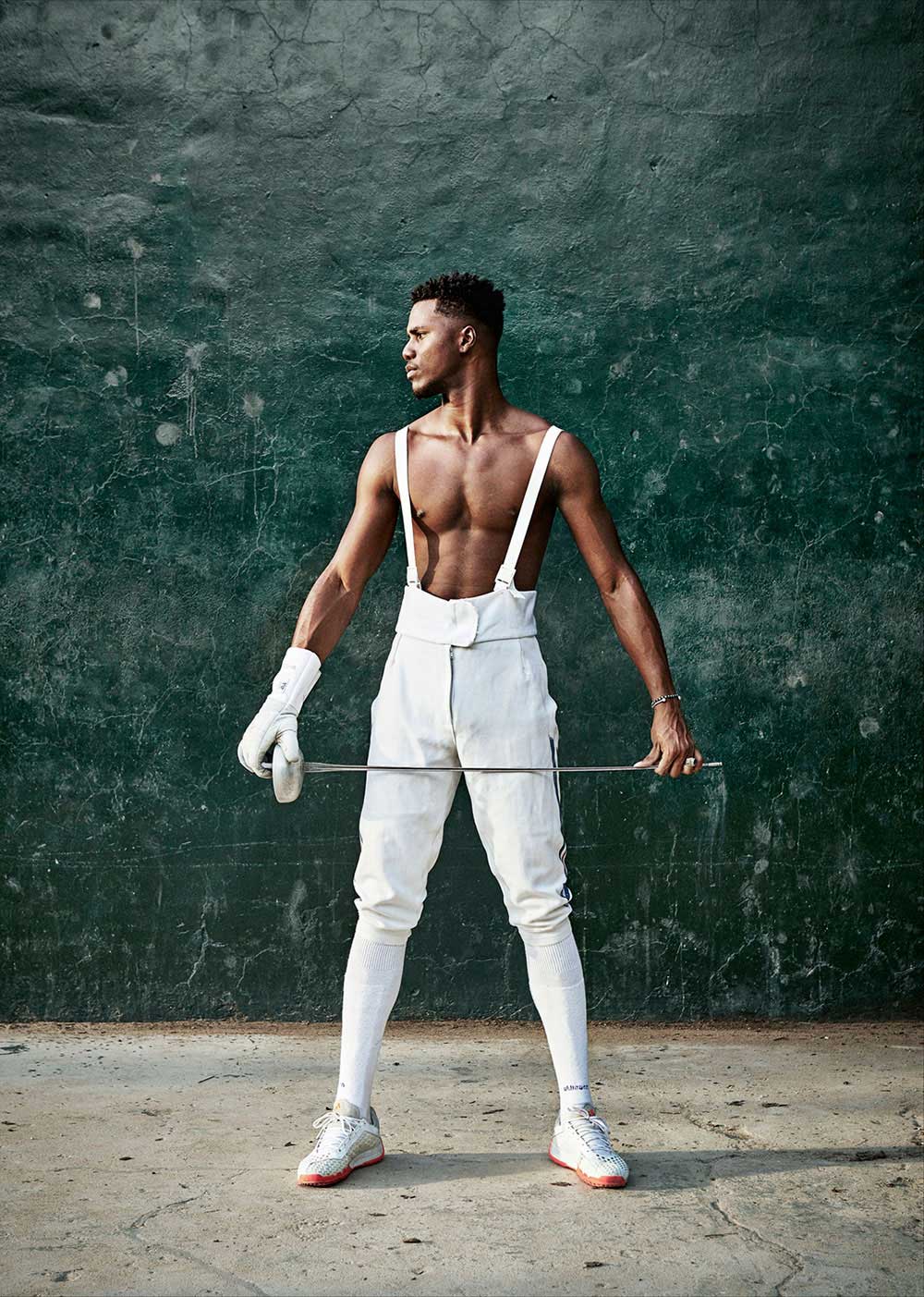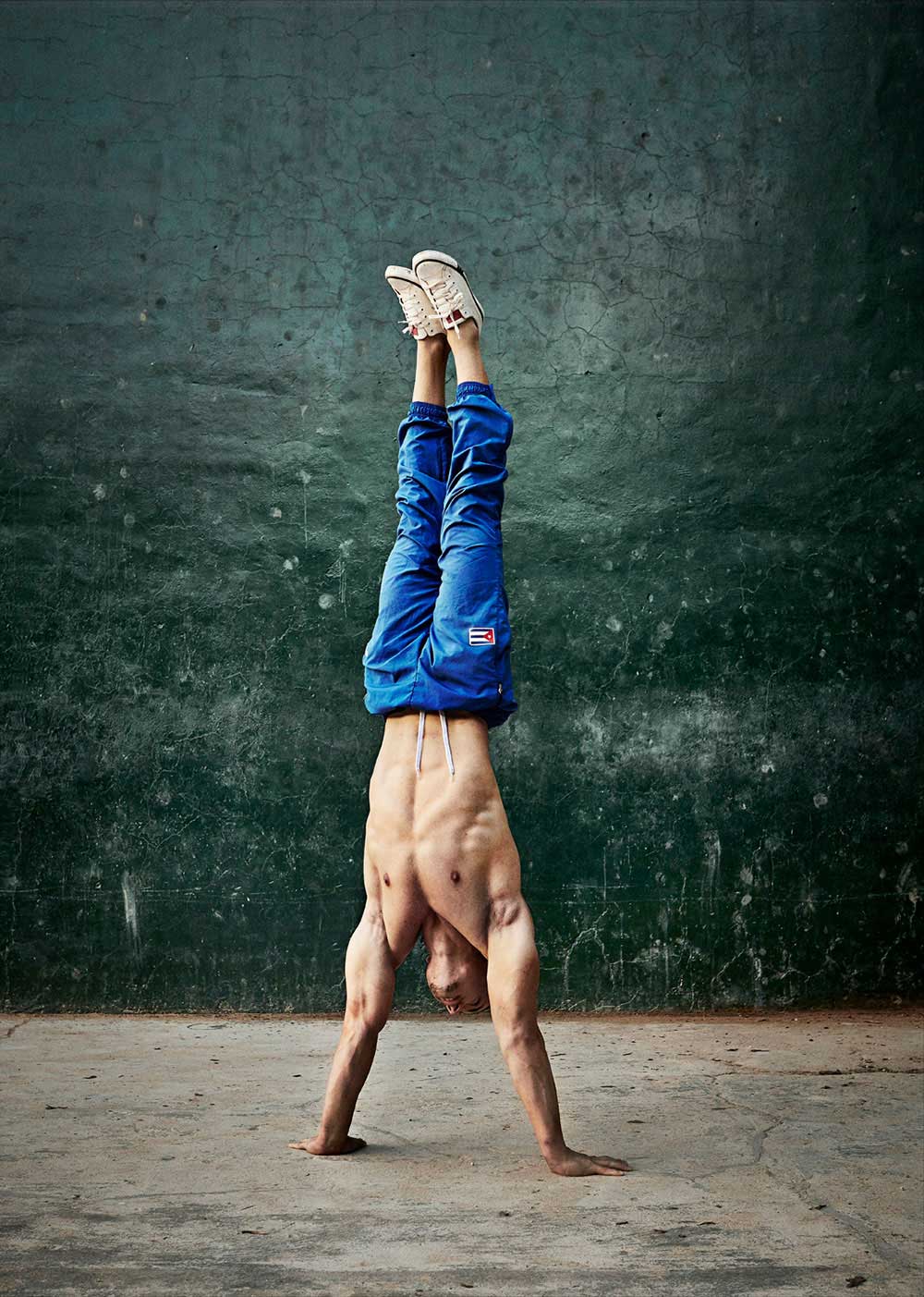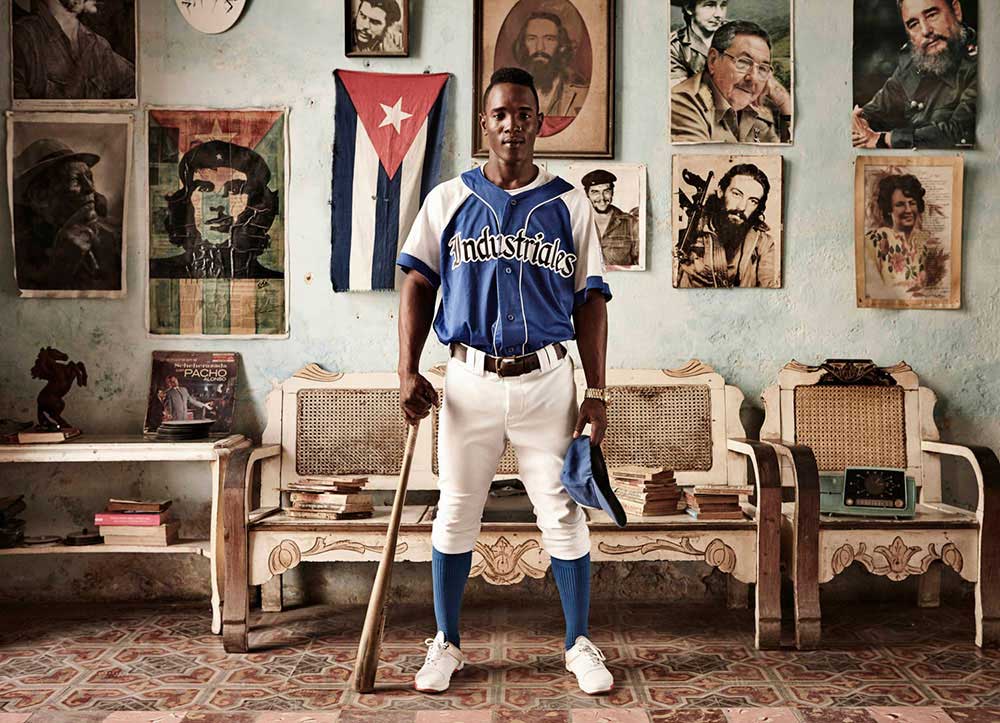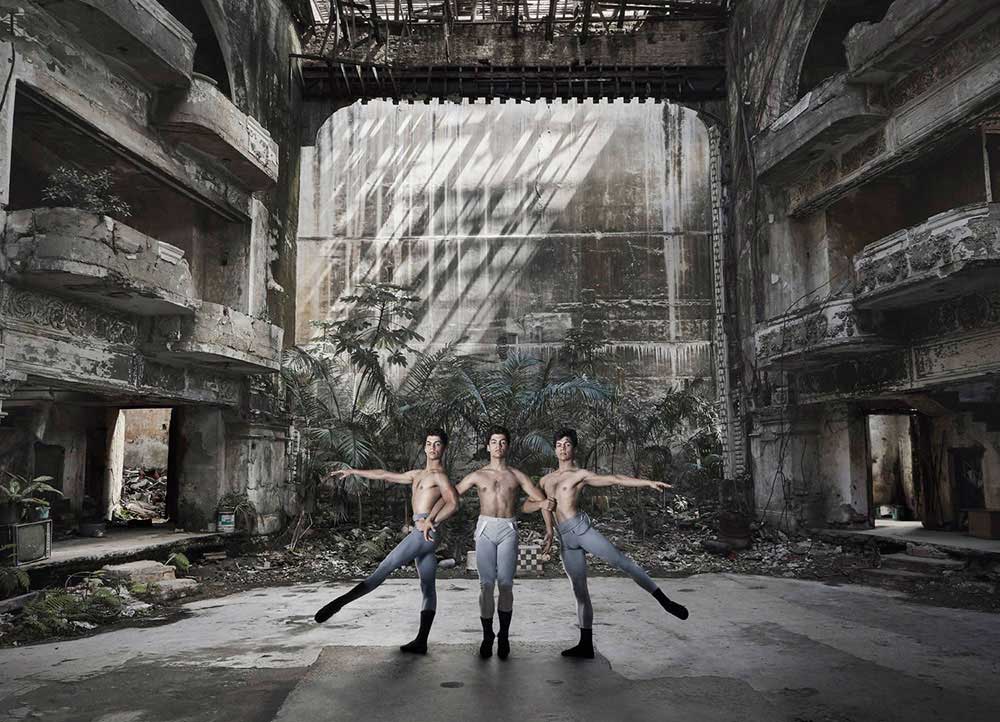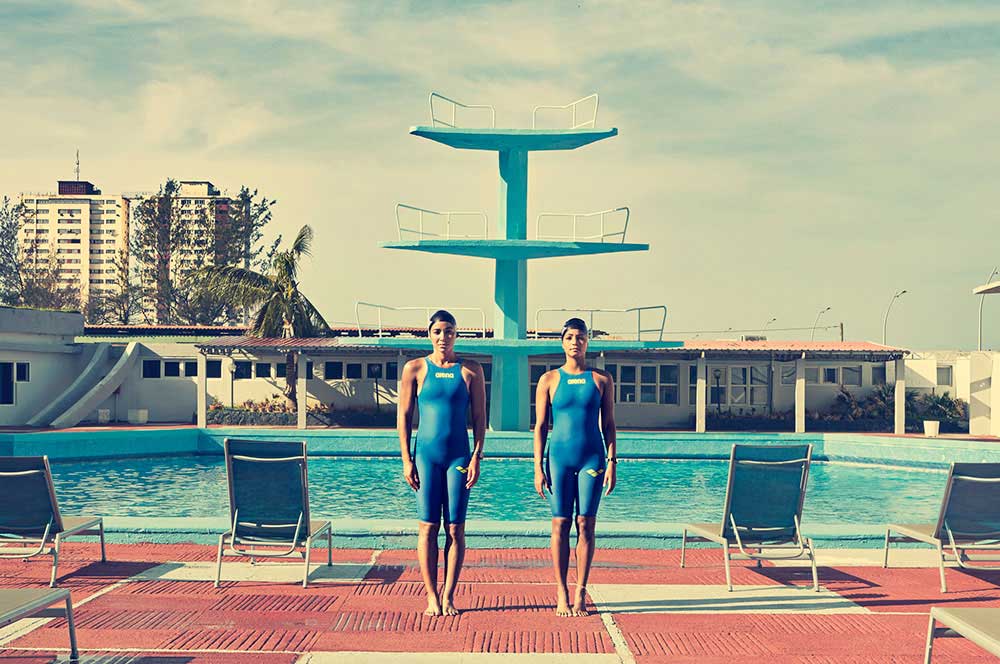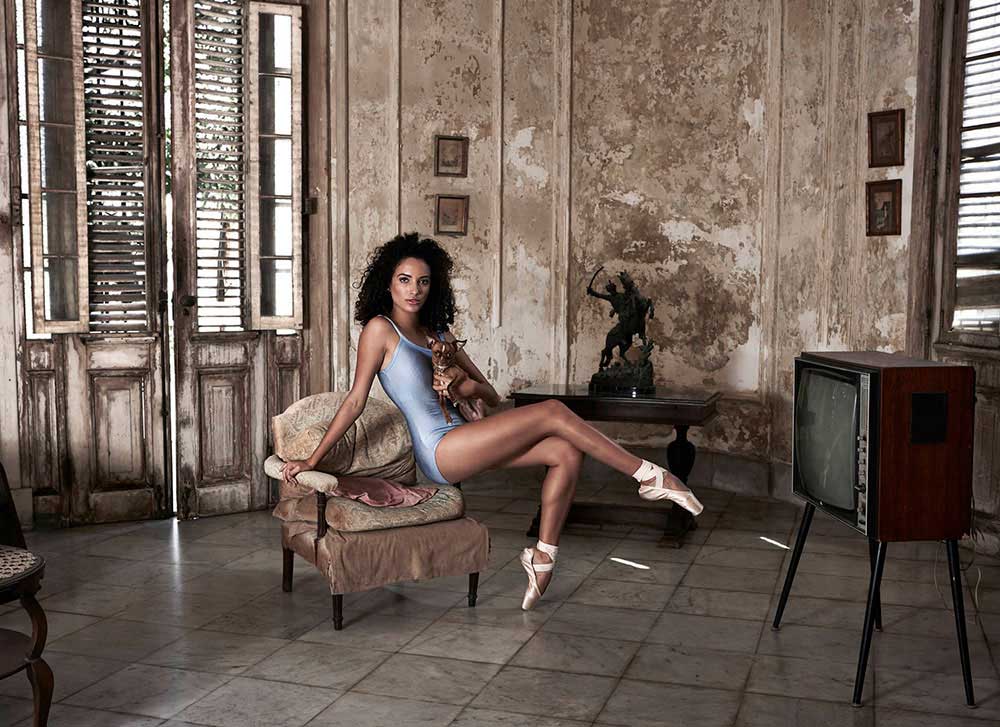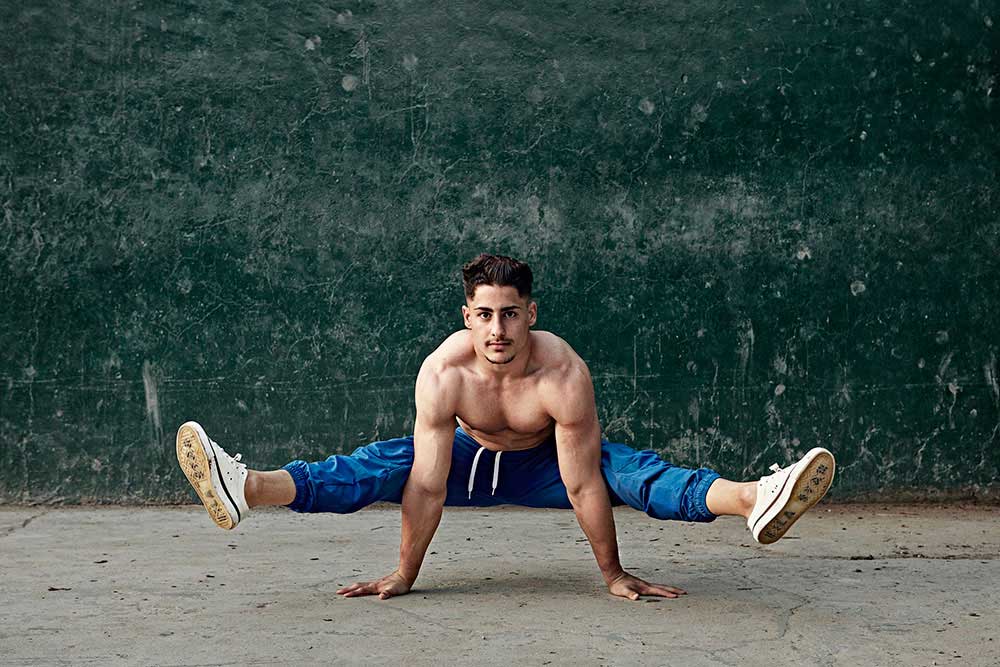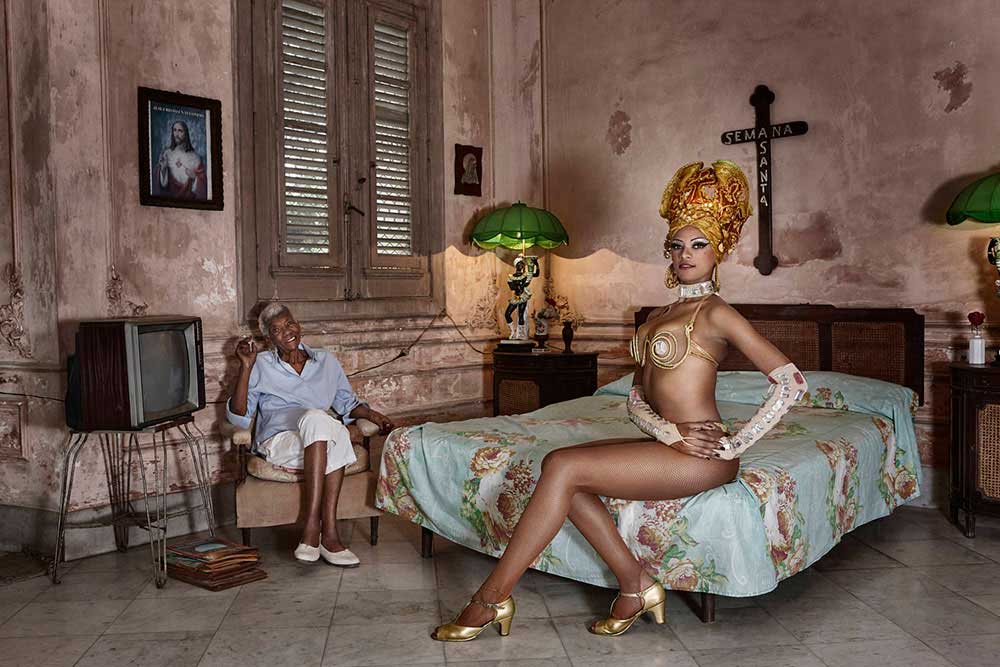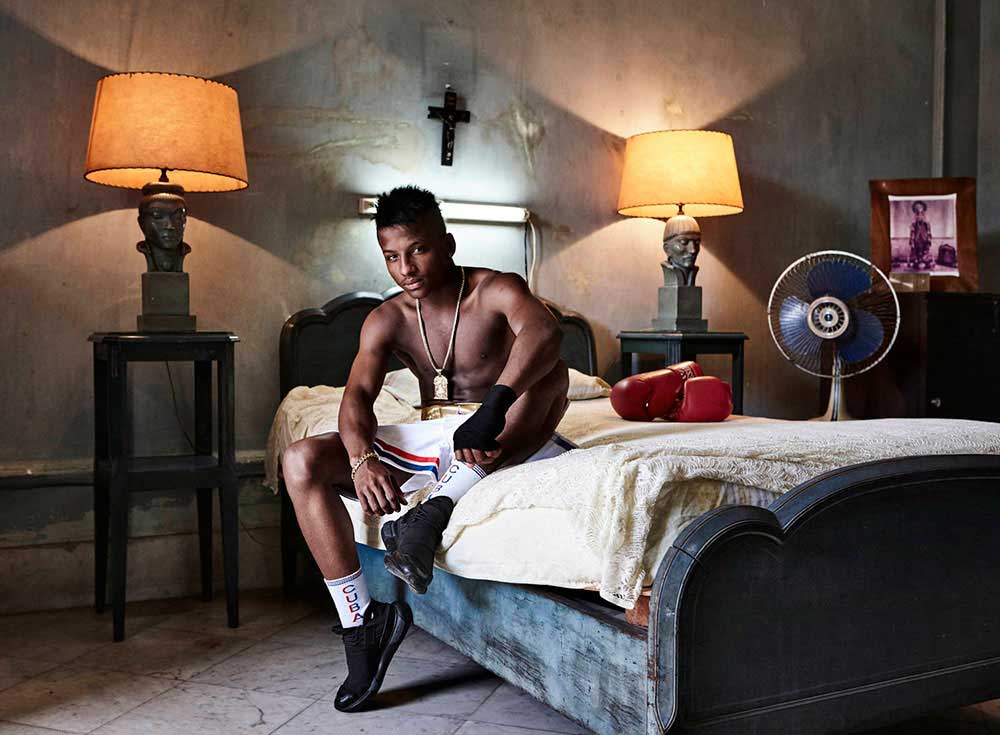Most Cubans can’t move. They can’t leave Cuba. Their lives are limited to the shores of their sun-kissed island.
While the Communist regime retains a certain level of popularity among older generations, younger Cubans dream of a way out. Each of them plans their own means of escape. If one thing defines their lives, it’s the question of mobility.
In this series, Katinka Herbert explores this subject through portraits of Cuba’s top athletes and performers. Each individual is celebrated for his or her ability to move: To swing a bat. To dance on stage. To duck and weave in the boxing ring. Whether their careers succeed or fail depends on their ability to control their own physical movement. If they succeed, they will be propelled onto a global stage. Their lives will suddenly be transformed by mobility of all kinds: geographic mobility, economic mobility, social mobility. But most of them won’t. Most of them will remain fixed to the spot. Their existence will be determined by a Communist regime that offers them no prospect of social, economic or geographic mobility. Their chances of mobility will end where the waves meet the beach.
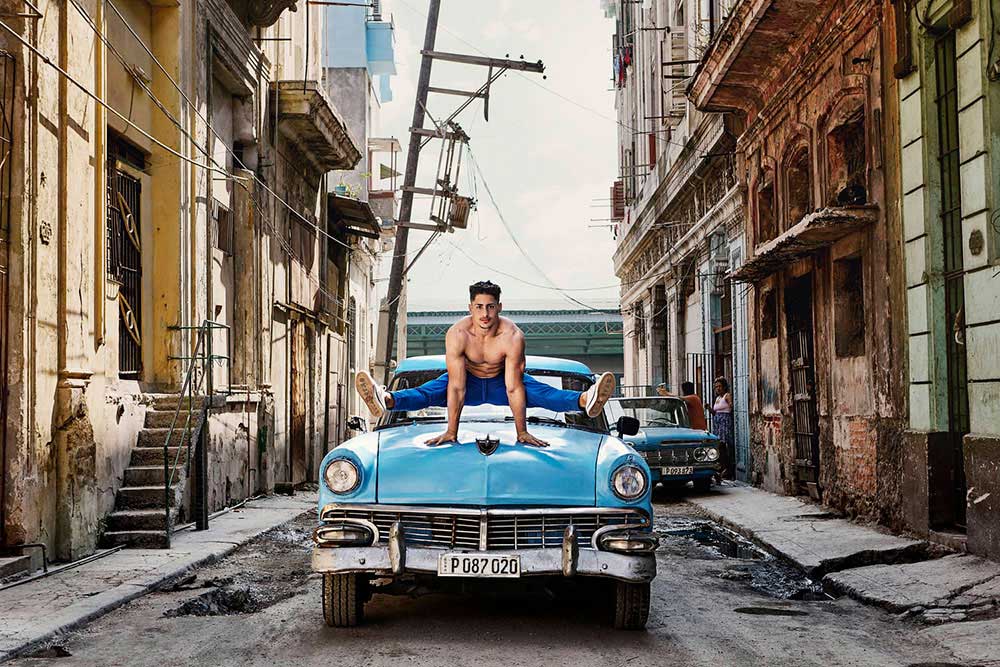
This dilemma is captured in Herbert’s images. In each case, the subject is frozen; motionless on the page. Each static body resonates with tension and potential. For these individuals, their bodies are either a means of escape – a ticket to global mobility – or the very obstacle to that mobility. Gazing at these bodies, we are forced to imagine the movements of which they are capable. The lives they wish to leave behind, and the ones that they dream of.
While this series focuses on a small community of Cubans, it subtly addresses the wider question of global mobility. It points towards a condition that is currently experienced by non-white people/’people of colour’ across the planet. At this very moment, millions of migrants are performing feats of life-threatening athleticism to improve their material condition. This movement of black bodies poses a threat that has been answered by the presence of xenophobic politics on the world stage. It seems that boxing rings, athletics tracks and baseball fields are spaces in which the movement of black bodies is celebrated. But at the border crossings and beaches of the First World, it is not.
The immaculately-staged photographs in this series draw out a tension between stasis and movement. This series will draw a provocative relationship between sport, social mobility and migration in the 21st Century. [Official Website]
[Text by Jeremy Hutchison]
